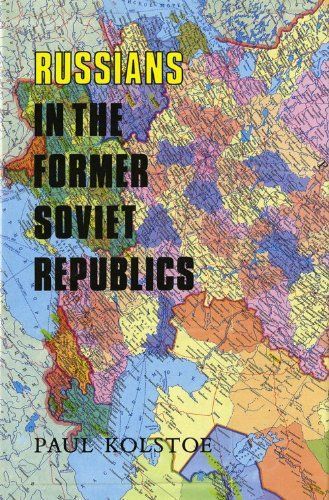
Russians in the Former Soviet Republics
The break-up of the Soviet Union in 1989 left 25 million Russians living in the 'near abroad', outside the borders of Russia proper. They have become the subjects of independent nation-states where the majority population is ethnically, linguistically, and often denominationally different. The creation of this 'new Russian diaspora' may well be the most significant minority problem created by the dissolution of the Soviet Union. Paul Kolstoe traces the growth and role of the Russian population in non-Russian areas of the Russian empire and then in the non-Russian Soviet republics. In the post-Soviet period special attention is devoted to the situation of Russians in the Baltic countries, Moldova, Belarus, Ukraine and the former Central Asian and Caucasian republics. A chapter written jointly by Paul Kolstoe and Andrei Edemsky of the Institute of Slavonic and Balkan Studies, Russian Academy of Sciences, delineates present Russian policy toward the diaspora. Finally, Kolstoe suggests strategies for averting the repetition of the Yugoslav scenario on post-Soviet soil.